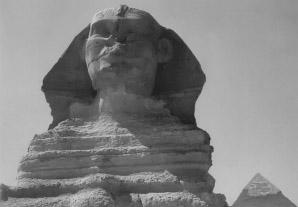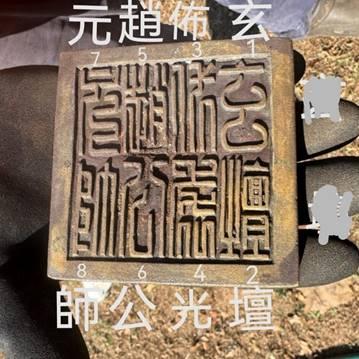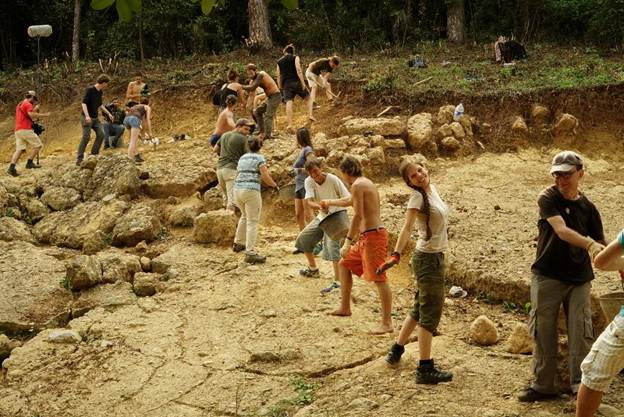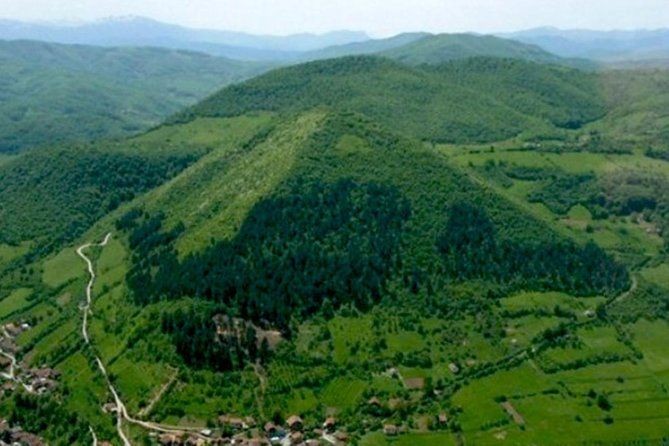ABSTRACT. The problem of dating the Great Egyptian Sphinx construction is still valid, despite of the long-term history of its research. Geological approach in connection to other scientific-natural methods permits to answer the question about the relative age of the Sphinx. The conducted visual investigation of the Sphinx allowed the conclusion about the important role of water from large water bodies which partially flooded the monument with formation of wave-cut hollows on its vertical walls. The morphology of these formations has an analogy with similar such hollows formed by the sea in the coastal zones. Genetic resemblance of the compared erosion forms and the geological structure and petrographic composition of sedimentary rock complexes lead to a conclusion that the decisive factor of destruction of the historic monument is the wave energy rather than sand abrasion in Eolian process. Voluminous geological literature confirms the fact of existence of long-living fresh-water lakes in various periods of the Quaternary from the Lower Pleistocene to the Holocene. These lakes were distributed in the territories adjacent to the Nile. The absolute mark of the upper large erosion hollow of the Sphinx corresponds to the level of water surface which took place in the Early Pleistocene. The Great Egyptian Sphinx had already stood on the Giza Plateau by that geological (historical) time.
















